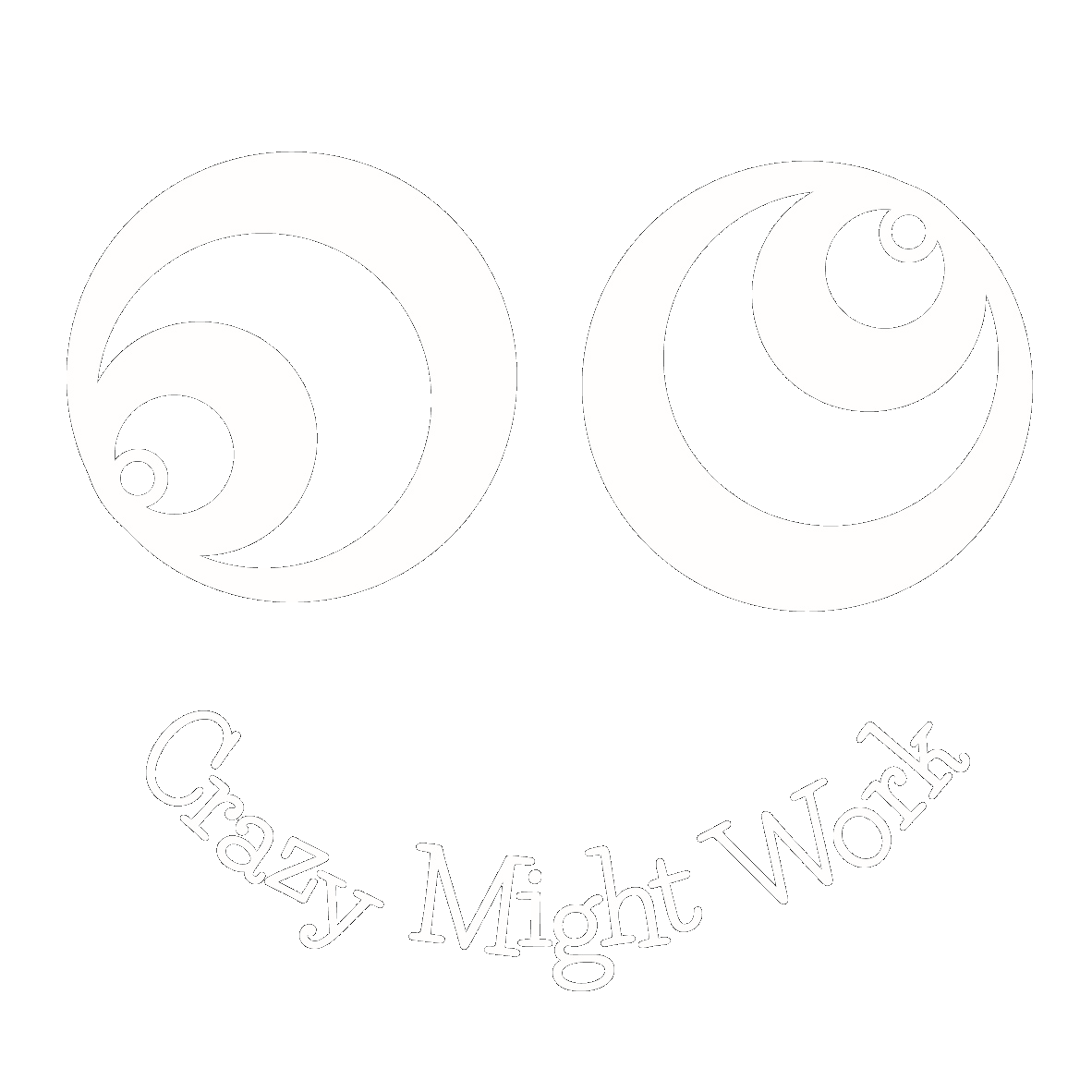The Top 5 Reasons to Play at Work
by Paul Hawkins, Crazy Might Work

Our work on NASA’s 4-Dimensional Leadership program has given us a look into some of the most extreme teams on the planet, from astronauts to intensive care clinicians. What many of these groups have in common is that their jobs are literally life and death. But there is another less-obvious connection…
…They tend to have a wicked sense of humour and place importance on ‘playing’ together in a variety of ways. This seems incongruous, given the seriousness of their work and the potential severity of outcomes, should things go awry. You have to ask why would a team working in potentially life-threatening circumstances would think it think it appropriate to make light of their situation?
For these elite groups, it is definitely okay to make fun at, or immediately after, work (even pranking or teasing). “But what about the trauma?” you might be thinking. Well, like any other interpersonal interaction, the use of humour requires empathy and good judgment – there’s just no getting away from that. Sometimes, in our desire to socially correct, we can end up sterilising our workplace. Worse, we can actually make it less safe in the process. We know, thanks to studies by Amy Edmondson, Google and others, that psychological safety is an essential foundation for high performance (Edmondson, 2018). And that playfulness (Brown, 2010) and humour (Aaker & Bagdonas, 2021) are amongst the most effective ways to promote psychological safety in the workplace. In elite teams, ‘play’ also performs and important role in releasing pressure following moments of extreme stress.
A lifetime ago, I inherited an underperforming sales team that no one wanted, with instructions to sack some of them. Not only were they not fired, they transformed into the top-performing team in the country and they never returned to the bottom of the sales league table. The catalyst for this transformation was humour. One of the sales team had gotten into the habit of eating candy surreptitiously out of her top desk drawer. Not wanting to share the joy and believing no one was noticing, she would silently pop candy into her mouth. That is, until one day she reached into the candy packet and pulled out a rubber rat. The shrieks of terror reverberated down the corridors, followed by howls of laughter. I found a rubber rat presiding over candy confetti that had been strewn the length of the room. That moment was a turning point. It gave permission for humour (and pranking) to become the norm in that team. They formed an identity based on enjoying one another’s company, which became collaboration and then generally looking out for each other, including helping newcomers close deals.
I would not have used a rubber rat if she had a heart condition. And the prank took place in an office where people felt psychologically safe, so that kind of humour was socially appropriate and fun for all.
And, we certainly need more playfulness: As of 2022, 62% of Australians were experiencing burnout – higher than any other country, according to Tuohy (2022). A BrightHR report suggests that workplace stress is the primary cause for 60- 80% of leave. Could this be at least partly because we have made work unrelentingly serious, joyless and, worse, an unsafe place to laugh?
It is time to take play seriously as a significant contributor to workplace morale and creativity (Kupers, 2017). Dr. Stuart Brown, founder of the National Institute for Play, famously said, “The opposite of play is not work – the opposite of play is depression.” (Brown, 2009, p.126). He points out that the drive to play is universal among mammals (bears, wolves, humans, chimpanzees, you name it). It is part of our evolutionary programming – an essential mechanism for learning and survival, not to mention the release of tension according to evidence from evolutionary biology, neuroscience, and developmental psychology (Piore, 2023).
So, what exactly is ‘play’ and how do we do it at work? Well, Brown says defining play is a bit like explaining a joke. Once you do it, it is no longer funny. So, whilst play is inherently difficult to define, it is important to understand because it leaves lasting positive effects on individuals, groups, organisations, and societies (Kuipers, 2017). It may be easier to describe what it is not.
Play is not:
→ Colourful beanbags and ping pong tables.
→ Competitive sport or betting (unless you turn it into a game).
→ Gamifying your finance system or creating virtual badges for compliance.
→ Getting production lines to compete against each other for a monthly bonus (Oravec 2015).
Making work more playful requires the ingenuity of consenting adults and a commitment to keep life interesting. Like a good joke, it requires an element of surprise. So, whilst lifting your game may not be easy, the research tells us it’s worth it (Oprescu et al. 2014). Fluegge-Woolf (2014) and Deal & Kennedy (1999) synthesised a series of workplace play studies across multiple sectors and organisation sizes, and provide this rationale.
TOP 5 REASONS TO PLAY AT WORK
1. Re-Energising | Playful workplaces have significantly lower burnout rates and disconnected employees.
2. Reduced Conflict and Politicking | Conflict management improves, and boardroom politics diminish (Wright 2018).
3. Boost to Innovation | Improved daily task performance, especially those requiring creativity (Lee 2021).
4. Expanded Collaboration | More likely to demonstrate cross-organisational collaborative behaviours.
5. Healthier Culture | Play builds connection and trust, with by-products of greater self-awareness, self-regulation, motivation, empathy, and social skills (Wright 2003).
In short, “If an organisation’s ‘Fun Quotient’ is high, then employees “will pour their hearts and souls into what they do” (Fluegge-Woolf,2014).
So, play works – but how do you get started? Check out these examples:
1. Southwest Airlines actively promotes a “corporate culture of fun,” encouraging employees to partake in any social behaviours of their choosing that cultivate a friendly and enjoyable work environment.
2. At SnugZ USA, a promotional products supplier, management expresses appreciation by gifting inspirational books, allowing pets in the office, providing weekly office lunches, and encouraging acts of kindness among employees.
3. Kodak in New York has a “humour room” for employees to take a “fun break”.
4. IBM invites its employees to explore “playrooms” and “imagination spaces” (Fluegge-Woolf, 2014).
5. Crazy Might Work created a brand that literally says, “Anything (that might be fun) goes!”
If you prefer to develop your own unique brand of playfulness, here are some thought-starters to get you going.
TOP 5 WAYS TO PLAY AT WORK
1. Physical | Charity walks, great innovation races, team step targets, walking meetings, walking the dog meetings, team treehouse, interpretive dance for monthly reporting and slacklining (if you choose this last option, please read:https://darwinawards.com/ and draw your own conclusions). We take no responsibility.
2. Make Stuff | Build your strategy with LEGO® Serious Play®, paint a collective vision wall, make a team movie, bake-off, re-design reception (courtesy of IDEO, who allocate the task to a different team every month, making it out of cardboard and other malleable materials).
3. Design Up | Choose a product, process, or tool for total reinvention and have some fun with it. How would aliens do this? How does nature do it? How would it be done 100 years from now?
4. Clubs | Cat Choir, Poetry Slam, Big Bad Books and The Ridiculously Hard Puzzle Club.
5. Learning | Skill swaps, book swaps and lunch swaps.
We’ve created a wheel of play below if you prefer to keep it spontaneous. Place it on the dartboard or spin it with your teammates for inspiration. Go on, you know you want to!
We’d love to hear what you try. E-mail us at: [email protected]
The Wheel of Play

References:
• Brown, S., & Vaughan, C (2010) Play: How it Shapes the Brain, Opens the Imagination, and Invigorates the Soul. Penguin, USA.
• Cooper, C. et al (2015) It Pays to Play. Bright HR.
• Deal, T. E., & Kennedy, A. A. (1999) The new corporate cultures: revitalizing the workplace after downsizing, mergers, and reengineering. Perseus Books.
• Edmondson, A. C. (2018). The Fearless Organization: Creating Psychological Safety in the Workplace for Learning, Innovation, and Growth (1st ed.). Wiley.
• Fluegge-Woolf (2014) Play hard, work hard: Fun at work and job performance. Management Research Review, 37(8), 682–705. https://doi.org/10.1108/MRR-11-2012-0252
• Kuepers (2017) Inter-play(ing) – embodied and relational possibilities of “serious play” at work. Journal of Organizational Change Management, 30(7), 993–1014. https://doi.org/10.1108/JOCM-12-2016-0267
• Lee, Wang, Y.-H., & Yang, F.-R. (2021). Feeling Exhausted? Let’s Play – How Play in Work Relates to Experienced Burnout and Innovation Behaviors. Applied Research in Quality of Life, 16(2), 629–648. https://doi.org/10.1007/s11482-019-09794-1
• Oprescu F, Jones C, Katsikitis M. (2014) PLAY AT WORK—ten principles for transforming work processes through gamification. Frontiers in Psychology. Vol. 5. https://www.frontiersin.org/articles/10.3389/fpsyg.2014.00014
• Oravec (2015) Gamification and multigamification in the workplace: Expanding the ludic dimensions of work and challenging the work/play dichotomy. Cyberpsychology, 9(3). https://doi.org/10.5817/CP2015-3-6
• Piore, A. (2023) Do You Play Enough? Science Says It’s Critical to Your Health and Well-Being. Newsweek.
• Rosberg (2003) Work and Play Are They Really Opposites? Distributed by ERIC Clearinghouse.
• Tuohy, W. (2022) As life speeds up and pandemic drags – burnout is biting hard, Sydney Morning Herald
• Vialet (2021) Why Play Works: Big Changes Start Small (1st ed.). John Wiley & Sons, Incorporated.
• Wright (2018) Liberating Human Expression Work and Play or Work versus Play. American Journal of Play, 11(1), 3–25
Get evidence-based monthly articles. Subscribe


